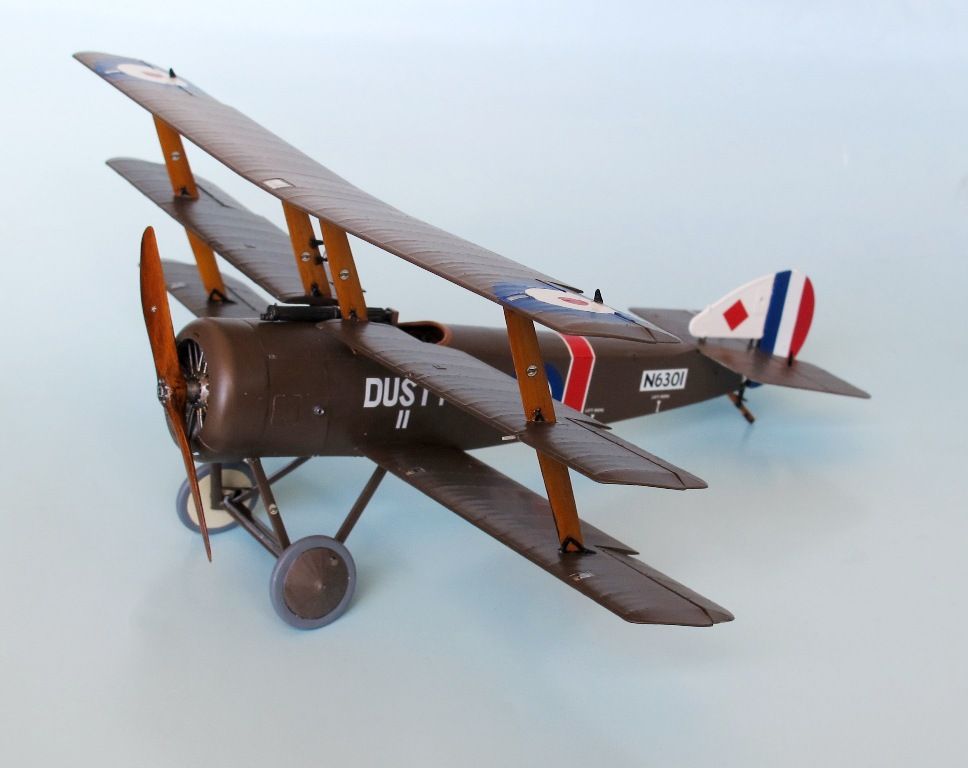Many thanks for the cockpit coaming fix idea RAGIII, much appreciated and duly noted for a future Tripe build. Your suggestion is certainly an easier fix than mine.
Many thanks to all for the kind words and feedback which is much appreciated.
Kinnies - I used Humbrol #10 gloss brown slightly lightened with semi gloss white, and then overcoated with a 50/50 blend of Pollyscale Flat and Satin finishes.
B Brockel- Bob- I lay down a primer coat of very diluted matt white or very light grey on the surface and then thin the primary colour with Humbrol brand thinner or white spirits. The object is to achieve a smooth, brush mark- free surface, so sometimes two nicely thin coats are better than one thick coat which only smothers details. I Allow 24 hours between coats with Humbrol enamels just to ensure the paint is dry.
Whiteknuckles- my brush method has evolved over the years but there's no special secrets to it, just trial and error. Always use good, soft brushes- sables are best- Winsor & Newton the best, but I use Humbrol brand brushes #7 and #8 for main coats and coupled with properly thinned paint the Humbrol brushes give a smooth mark- free finish. I only brush in one direction - fore to aft and make sure there is not too much paint on the brush. Dip in tin, wipe both sides of brush on tin edge, then apply to model. Don't go back and forth over the area painted. Paint in one direction, ensure no brush hairs are left on the model

then leave it. A second thin coat the next day with a chisel edge brush will fill in any patches.
A tip - Future will cover and smooth out any surface imperfections. Once decals are on and the finish coat of Pollyscale Flat/ Satin is applied, the model should have a nice smooth finish.

Cheers
Dave Wilson
Gold Coast
Australia